The Art of Strategic Visibility
In the digital landscape, true SEO elegance lies not in manipulating algorithms, but in harmonizing technical precision with genuine user value. Modern SEO strategies demand more than keyword stuffing and backlink accumulation—they require a sophisticated understanding of how search engine ranking mechanisms intersect with authentic user engagement. The most successful digital presences today aren't built on shortcuts; they're crafted through methodical content optimization that serves both search engines and human readers with equal finesse.
The paradigm has shifted. Search engines now evaluate content through the lens of user satisfaction, measuring dwell time, bounce rates, and interaction patterns. This evolution means that effective digital marketing must embrace a dual mandate: technical excellence and compelling storytelling. When these elements converge, they create what can only be described as SEO elegance—a seamless integration where visibility and value become inseparable.
Understanding the Foundation: Technical Excellence Meets Creative Expression
The Pillars of Modern SEO Architecture
Contemporary search optimization rests on four fundamental pillars, each requiring careful attention and strategic refinement:
1. Technical InfrastructureYour website's foundation determines its ceiling for success. Page speed, mobile responsiveness, secure connections, and clean code architecture form the bedrock of discoverability. Search engines prioritize sites that deliver seamless experiences across devices and connection speeds.
2. Content Relevance and DepthSurface-level content no longer satisfies algorithmic or human scrutiny. Comprehensive coverage of topics, supported by authoritative research and original insights, signals expertise and trustworthiness—two critical ranking factors in the E-E-A-T framework.
3. Strategic Keyword IntegrationRather than forcing keywords into awkward positions, sophisticated content optimization weaves search terms naturally into narratives. Semantic search capabilities mean algorithms understand context and intent, rewarding content that addresses complete user queries rather than isolated phrases.
4. Authority and Trust SignalsBacklinks from reputable sources, consistent NAP citations, author credentials, and transparent ownership information collectively build domain authority—a cumulative measure that elevates all content across your digital presence.
Crafting Content That Commands Attention and Rankings
The Inverted Pyramid Approach to SEO Writing
Applying journalistic principles to digital content creates immediate value while satisfying algorithmic preferences:
- Lead with Impact: Position your most valuable information in opening paragraphs, ensuring readers and search engines immediately grasp your content's purpose
- Develop with Substance: Expand on core concepts with actionable insights, data-driven examples, and practical applications
- Support with Context: Provide background information, additional resources, and related concepts that deepen understanding
This structure naturally reduces bounce rates by delivering value immediately while encouraging deeper exploration—a pattern search engines interpret as quality content.
The Elegance of Natural Language Optimization
Modern SEO strategies succeed when keyword integration feels effortless. Consider these refinement techniques:
- Conversational Queries: Optimize for how people actually search, including question-based queries and long-tail variations
- Semantic Clustering: Group related concepts and synonyms around core topics, creating comprehensive coverage that captures varied search intents
- Intent Alignment: Match content format to search intent—informational queries demand thorough explanations, while transactional searches require clear pathways to action
- Natural Variation: Use synonyms, related terms, and contextual phrases to avoid repetitive language while reinforcing topical relevance
Elevating User Engagement: Where SEO Meets Human Connection
Designing Experiences That Resonate
User engagement metrics increasingly influence search engine ranking positions. Creating content that captivates requires attention to both psychological and practical elements:
Visual Hierarchy and ScannabilityStructure content with descriptive subheadings, concise paragraphs, and strategic white space. Readers should extract value even when skimming, while those seeking depth find clearly organized pathways to comprehensive information.
Interactive ElementsIncorporate multimedia assets—videos, infographics, interactive tools—that transform passive reading into active exploration. These elements extend dwell time and create memorable experiences that encourage return visits and social sharing.
Personalization and RelevanceAddress specific audience segments with tailored content paths. Dynamic elements that adapt to user behavior demonstrate sophistication while improving satisfaction metrics that algorithms monitor.
Measuring Success Beyond Rankings
While search engine ranking positions matter, truly elegant SEO recognizes broader success indicators:
- Engagement Rate: Time on page, pages per session, and interaction depth reveal content quality
- Conversion Metrics: How effectively traffic transforms into desired actions—subscriptions, purchases, inquiries
- Brand Signals: Direct traffic growth, branded search increases, and social mentions indicate building authority
- Content Velocity: How quickly new content gains traction signals domain authority and audience loyalty
Strategic Implementation: A Refined Roadmap
Phase One: Foundation and Research
Begin with comprehensive technical audits and competitive analysis. Identify gaps in existing content, opportunities in keyword landscapes, and audience pain points requiring authoritative answers. This groundwork informs strategic decisions and prevents wasted effort on low-impact initiatives.
Phase Two: Content Creation with Purpose
Develop content calendars that balance evergreen authority pieces with timely, trending topics. Each asset should serve clear objectives within your broader digital marketing strategy, whether building awareness, demonstrating expertise, or driving conversions.
Phase Three: Optimization and Refinement
Treat content optimization as an ongoing process rather than a one-time task. Regular updates to high-performing content maintain relevance, while underperforming assets receive strategic revisions based on user behavior data and search performance analytics.
Phase Four: Distribution and Amplification
Excellent content deserves strategic promotion. Leverage owned channels, earned media opportunities, and selective paid amplification to accelerate visibility while building natural backlink profiles that reinforce authority.
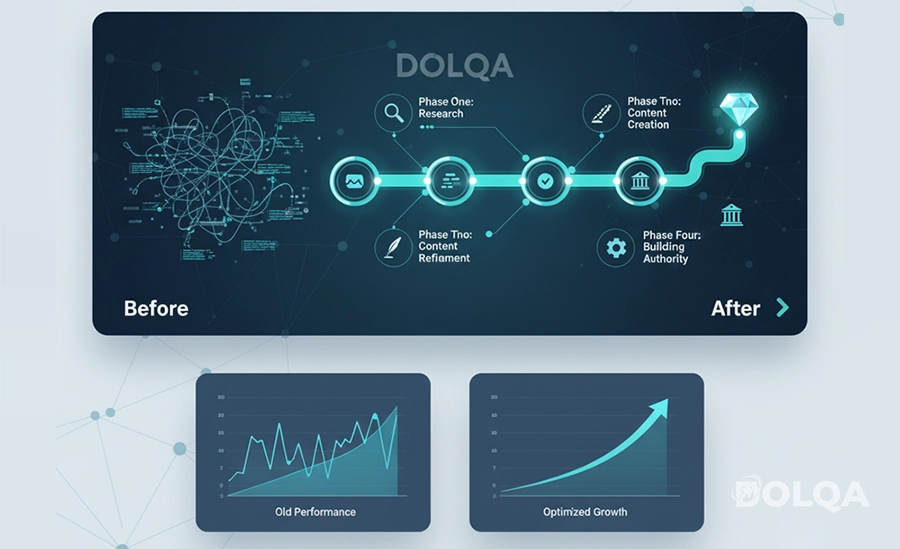
The Future of SEO: Anticipating Evolution with Grace
Search algorithms grow increasingly sophisticated in evaluating content quality, user satisfaction, and topical authority. Artificial intelligence and machine learning enable nuanced understanding of content relationships and user intent. Tomorrow's successful SEO strategies will prioritize:
- Topical Authority: Comprehensive coverage of niche subjects that establish expertise
- Multi-Format Content: Diversified asset types that serve varied consumption preferences
- User-Centric Metrics: Performance indicators focused on satisfaction and value delivery
- Ethical Practices: Sustainable approaches that build lasting authority rather than exploiting temporary loopholes
The elegant approach to SEO recognizes that algorithms ultimately serve users. By aligning optimization efforts with genuine value creation, brands build visibility that endures through algorithmic shifts and competitive pressures.


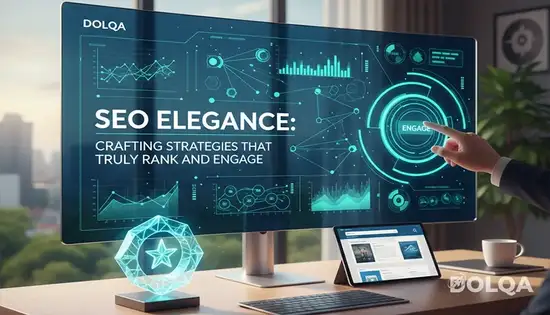
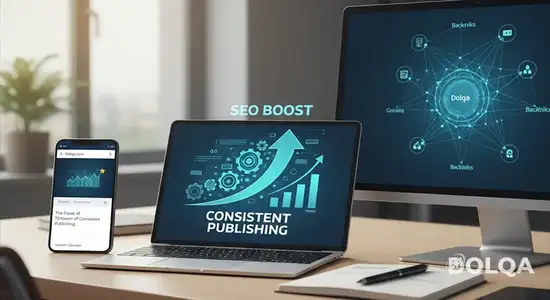
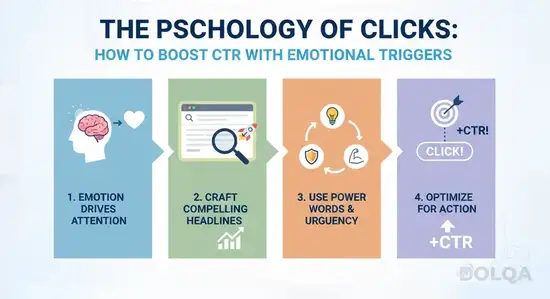

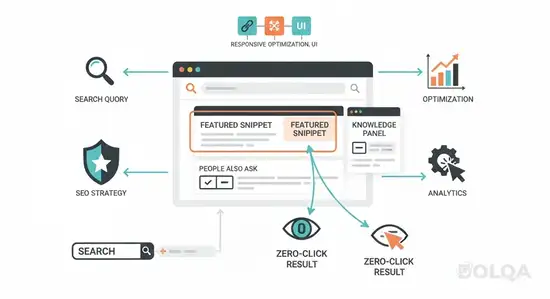
Comments (0)
Leave a Comment
No comments yet. Be the first to comment!